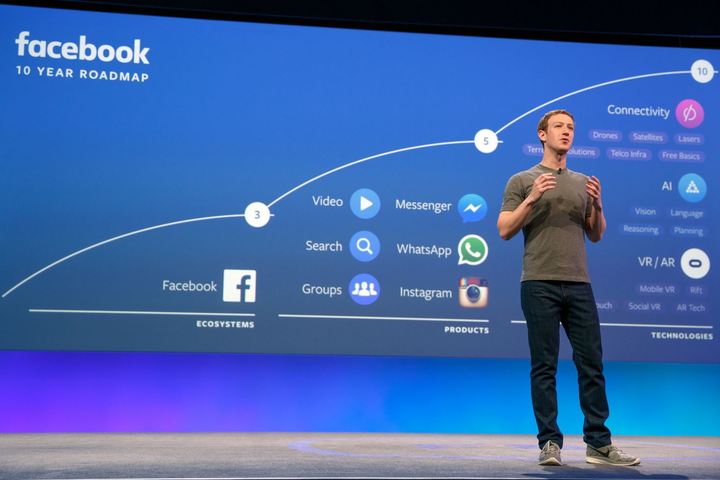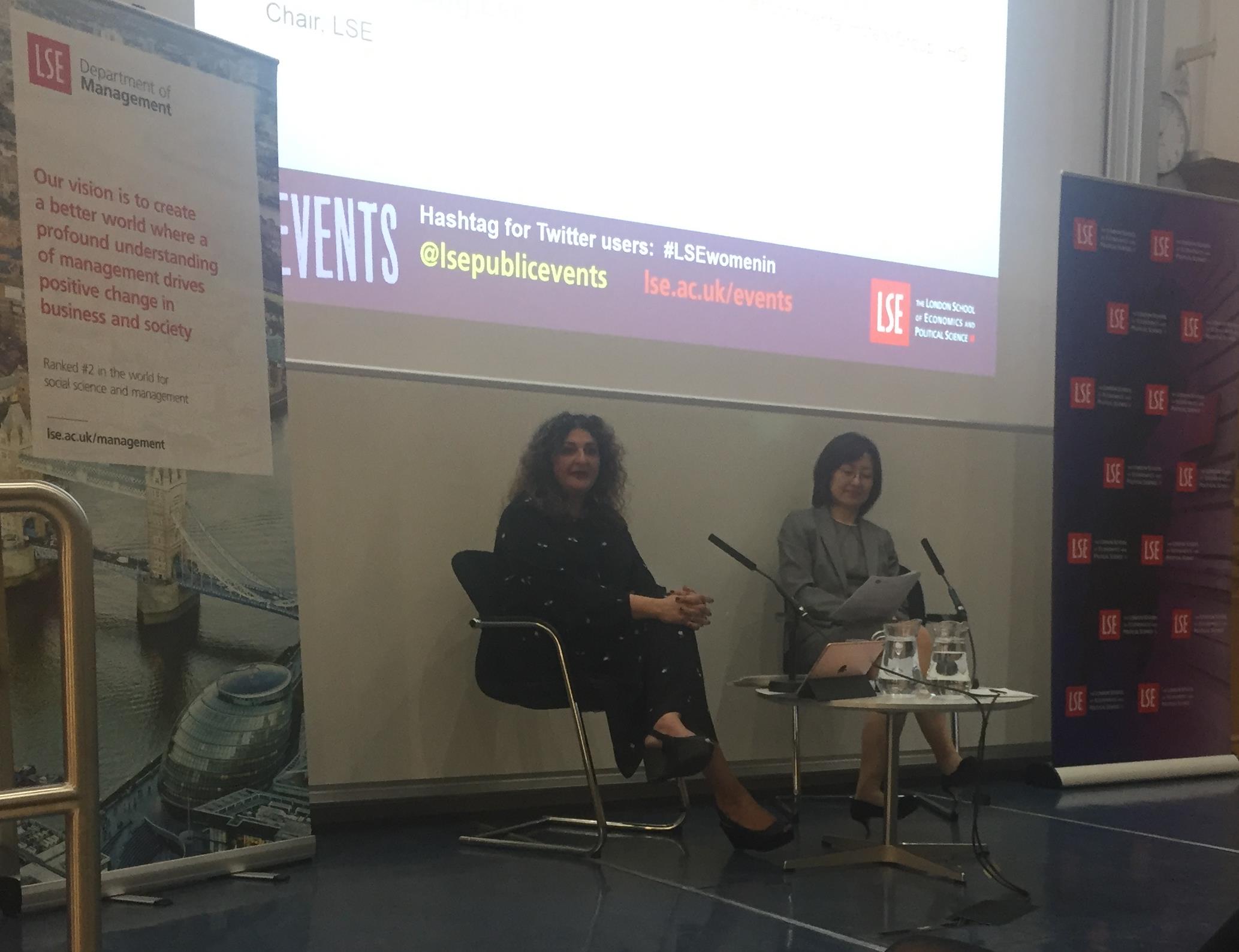When does behavioural economics in marketing become dangerous? An interview with consumer insights instructor Heather Kappes.
This article originally appeared 17 Oct 2017 in Business Because.
Behavioural economics is hitting the headlines. Richard Thaler, one of its founding fathers, just won the Nobel Prize for economics. He’s co-author of Nudge, a global best-selling book and study of human decision-making.
If you understand how to apply behavioural economics, you can understand and influence human behaviour. In marketing, behaviour economics can be applied to help marketers improve engagement with their customers—by identifying their biases and beliefs, and adapting their offerings accordingly.
It’s what Donald Trump’s team say got him the presidency. On Facebook, the Trump campaign was able to target ads to prospective voters based on their beliefs—their Facebook likes, friends, profiles, and behaviour online. Their data.
But what about ethics! When does behavioural economics in marketing become dangerous? How far should you go?
Dr Heather Kappes, who has a PhD in Social Psychology from New York University, teaches on the London School of Economics’ (LSE) MSc Marketing, a one-year master’s programs with big data analytics and the understanding consumer behaviour at its core.
 That 21st century buzzword—big data—drives marketing today. But, like a nuclear weapon, big data in the wrong hands can be dangerous.
That 21st century buzzword—big data—drives marketing today. But, like a nuclear weapon, big data in the wrong hands can be dangerous.
Rather than telling students what’s right or wrong, LSE— ranked second in the world for social science and management by QS Top Universities—provides its students with a framework to make the right decisions in the modern-day workplace.
BusinessBecause caught up with Heather, whose course—Consumer insights I: Behaviour Fundamentals—explores all the forces that guide consumers as they make decisions, to find out more.







“In marketing, behaviour economics can be applied to help marketers improve engagement with their customers”..which should be a good thing. Is it possible anymore to reap this benefit of big data without violating the customer’s privacy?